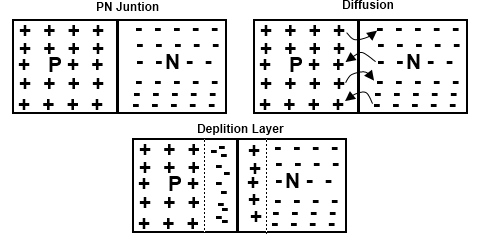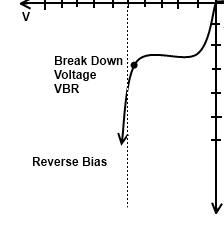 Long Answer Type
Long Answer Type(a) (i) 'Two independent monochromatic sources of light cannot produce a sustained interference pattern'. Give reason.
(ii) Light waves each of amplitude 'a' and frequency 'ω', emanating from two coherent light sources superpose at a point. If the displacements due to these waves is given by y1 = a cos ωt and y2 = a cos(ωt + ϕ) where ϕ is the phase difference between the two, obtain the expression for the resultant intensity at the point.
(b) In Young's double slit experiment, using monochromatic light of wavelength λ, the intensity of light at a point on the screen where path difference is λ, is K units. Find out the intensity of light at a point where path difference is λ/3.
(a) How does one demonstrate, using a suitable diagram, that unpolarized light when passed through a Polaroid gets polarized?
(b) A beam of unpolarized light is incident on a glass-air interface. Show, using a suitable ray diagram, that light reflected from the interface is totally polarized, when μ = tan iB, where μ is the refractive index of glass with respect to air and iB is the Brewster's angle.(a) State briefly the processes involved in the formation of p-n junction explaining clearly how the depletion region is formed.
(b) Using the necessary circuit diagrams, show how the V-I characteristics of a p-n junction are obtained in
(i) Forward biasing
(ii) Reverse biasing
How these characteristics are made use in rectification?
(a) The n-type semi-conductor has more concentration of electrons than that of a holes and p-type semi-conductor has more concentration of holes. Holes diffuse from p-side to n-side whereas electrons diffuse from n-side to p-side due to difference in concentration of charge carriers.
An ionized donor is left behind on n-side when electron diffuses from n side to p-side. The ionized donor (+ ve charge) is immobile as it is bound by the surrounding atoms. Therefore, a layer of positive charge is developed on the n-side of the junction. Similarly, a layer of negative charge is developed on the p-side. Hence, a space-charge region is formed on either side of the junction, which has immobile ions and is devoid of any charge carrier, called as depletion layer or depletion region.
(b)
For a p-n junction diode under forward bias, p-side is connected to the positive terminal and n-side is connected to the negative terminal.
When voltage is applied, electrons in n-region and holes in the p-region moves towards the p-n junction. Hence, there is decrease in the width of the depletion region thereby, offering less resistance. Diffusion of majority carriers takes place in the junction giving rise to a forward current.
The V-I characteristic of p-n junction in forward bias is shown below:

(ii) When p-n junction diode is reverse biased, the positive terminal of battery is connected to n-side and negative terminal to p-side.

The barrier height increases and the width of depletion region also increase as a result of reverse biasing. There is no conduction across the junction because of the lack of majority charge carriers. After applying a high reverse biased voltage, few minority carriers cross the junction. Hence, a current flows in reverse direction which is known as the reverse current.
The V-I characteristic of p-n junction diode in reverse bias is shown below:
p-n junction can be used for rectification purpose. Its working is based on the fact that, resistance of junction becomes low when forward biased and R becomes high when reverse biased.
(a) Differentiate between three segments of a transistor on the basis of their size and level of doping.
(b) How is a transistor biased to be in active state?
(c) With the help of necessary circuit diagram, describe briefly how n-p-n transistor in CE configuration amplifies a small sinusoidal input voltage. Write the expression for the ac current gain.